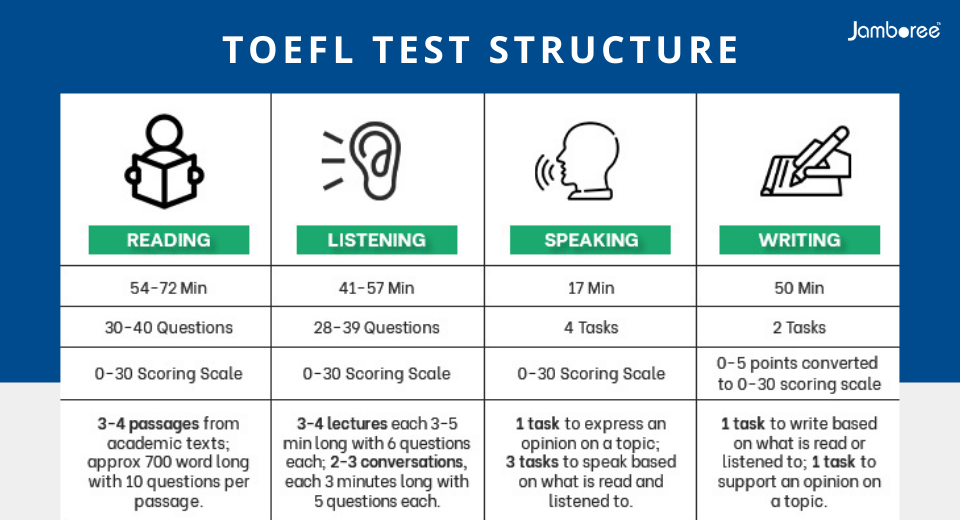Use a detailed TOEFL practice test to master all four sections.
Discover Crucial Tips for Success in Your Next TOEFL Method Examination
Navigating the maze of the TOEFL practice examination can be discouraging without a well-structured roadmap. As a candidate, comprehending the examination style, understanding time management, and refining important language abilities across analysis, creating, listening and talking sections are essential.
Understanding the Framework of the TOEFL Examination
The TOEFL exam is divided into four areas: reading, listening, speaking, and composing. Each section is developed to examine the proficiency of non-native English speakers in using and comprehending the English language as it is reviewed, created, heard, and talked in college and university settings. The reading and paying attention sections are multiple-choice, while the talking and writing areas require created feedbacks - toefl practice test.
Methods for Mastering the Analysis Area

Tips to Master the Composing Section
To succeed in the writing section of the TOEFL exam, an organized approach is crucial. Time administration is additionally critical; assigning sufficient time for planning, writing, and modifying can lead to an extra sleek and coherent essay. Technique and responses are key to fine-tuning these skills.
Methods for Enhancing Performance in the Speaking Area

Effective Methods for Acing the Listening Area

Acing the listening area of the TOEFL test demands a blend of sharp emphasis and effective approach. As the examination doesn't allow rewinding, writing down key points assists recall details during the reaction phase.

Verdict
In final thought, acing the TOEFL method examination requires a critical strategy that incorporates understanding the examination framework, and mastering reading, creating, talking, and listening sections - toefl practice test. Efficient time monitoring, routine exercise with authentic materials, and communication with native audio speakers are essential aspects. By faithfully adhering to these pointers and seeking continual responses, one can dramatically improve their examination performance and confidence